 Avery West
Avery West
Membership Engagement Director
Read more from Avery
“Our food pantry has been feeding the same families for years. Is there anything we can do to bring about long term transformation in people’s lives?”
This is one of the most common questions we help nonprofits and churches work through. The leaders who ask this question know that their clients don’t merely lack food, but they also often suffer from a lack of community and self-worth. Traditional food pantries, while they meet immediate needs, often fail to address deeper losses of relationship and work that perpetuate the cycle of poverty.
In his book Toxic Charity, Bob Lupton describes Urban Recipe, an Atlanta-based food co-op where members take part in unloading, sorting, and distributing food before they join together in a business meeting. A real sense of community has formed over time, and members appreciate the chance to contribute in providing not only for their own families, but for others’ as well.
While some co-ops hold collective meetings for all members, others operate more on a “drop-in” basis.
Joshua’s Place, a True Charity Network member in Lebanon, OH, is one such group. When co-op members arrive for their appointments, they contribute $4 and meet with an ally (or mentor) for 15 minutes before leaving with a box of food. Members also take part in a developmental class that equips them with parenting skills, financial planning, or other skills needed to rise out of poverty.
Home Sweet Home Ministries in Bloomington, IN, operates by yet another model. Members earn shopping trip vouchers by volunteering for two hours at the Bread for Life Co-op. Volunteer tasks might include stocking shelves, janitorial work, or checking in other members.
Both approaches have distinct benefits. The collective meeting style lends itself to a strong sense of community and easier scheduling, while a drop-in style can accommodate various volunteer and member schedules and lead to a more guided, developmental path out of poverty. It is important to keep in mind, though, that these approaches are not two distinct paths, but rather two ends on a continuum. Your co-op can incorporate elements from each as you meet the particular needs of your community.
Each food co-op looks different, but they all uphold the importance of exchange and community. The principle of exchange simply means that all individuals involved have the opportunity to give, not merely receive. Exchange might look like giving a few dollars, volunteering at the co-op or another area nonprofit, or attending a developmental class. Whether community is formed through eating a meal together, working side by side, or meeting with a mentor, food co-ops can help facilitate the relationships that are essential to a flourishing life.
If you are considering turning your traditional food pantry into a more developmental food co-op, the True Charity Network has all the resources you need to build a detailed plan that works for your situation. In general, we will advise that you begin with a listening tour.
A listening tour is simply a series of conversations that inform your program design. You can ask questions about what the potential member likes and dislikes about the current pantry model, whether they would prefer a regular meeting time or more flexible appointments, and what a realistic contribution of finances or time would be.
These conversations also give you the chance to explain the switch you’d like to make, and build buy-in from the very beginning. Make sure to ask what skills and gifts the individual has that may be helpful to the community (e.g. planting a community garden, teaching a cooking class, cleaning the facility). These questions will not only remind the individual of his assets, but they’ll lead to a more creative, vibrant, and committed community co-op in the long term.
Invite those potential members who seemed especially interested in the co-op to join your advisory board. This board, made up of co-op members, will aid in decision-making, advertisement, and larger tasks like food pick up. Including members in the management of the co-op breaks down the giver/receiver dynamic of traditional food distribution, and helps foster leadership skills.
From there, your staff and advisory board can meet to discuss the specifics of membership requirements, hours, and food distribution. We also recommend that you research the exchange rates of established co-ops as a starting point—this is something the True Charity Network can help you with as well.
Making a developmental change is never easy or smooth. Every co-op learns to adjust to the needs and assets of its community, and that will take time. However, with each developmental change, more families will experience the dignity of exchange and the blessings of relationship. Over time, you may join other food co-ops in finding that you have fewer repeat customers!
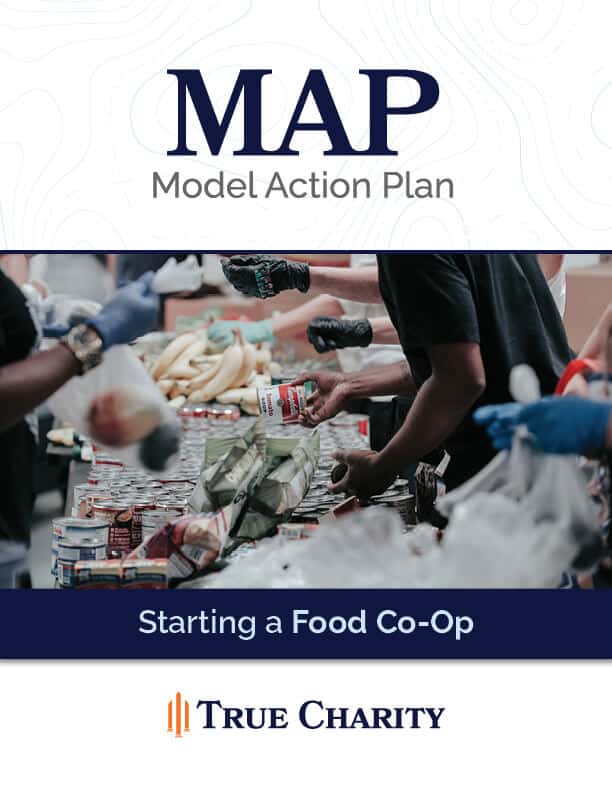 The True Charity team is here to come alongside you as you develop your programs. Whether you are ready to make a change, or just interested in learning more, you can begin by reaching out to info@truecharity.us. True Charity Network members have access to more food co-op resources, including a detailed model action plan, operational documents, and personalized training.
The True Charity team is here to come alongside you as you develop your programs. Whether you are ready to make a change, or just interested in learning more, you can begin by reaching out to info@truecharity.us. True Charity Network members have access to more food co-op resources, including a detailed model action plan, operational documents, and personalized training.

This article is just the tip of the iceberg for the practical resources available through the True Charity Network. Check out all of the ways the network can help you learn, connect, and influence here.
Already a member? Access your resources in the member portal.

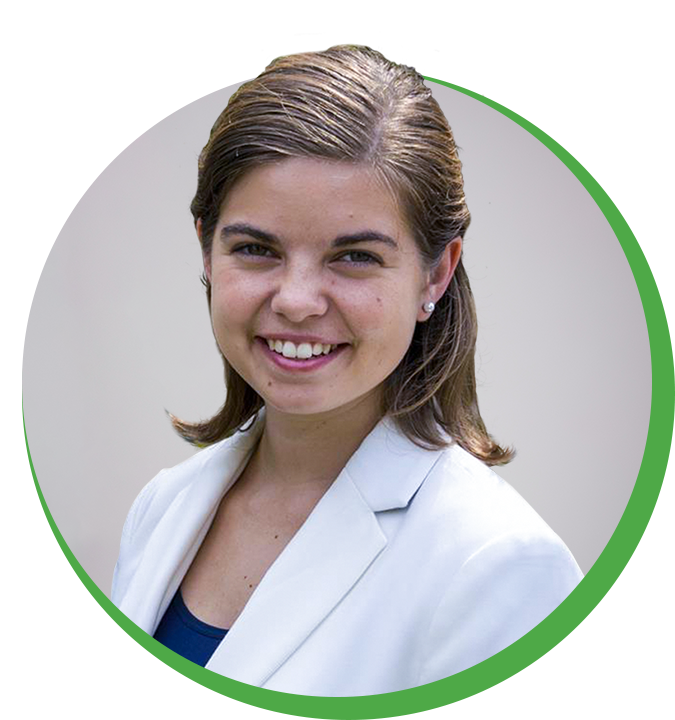
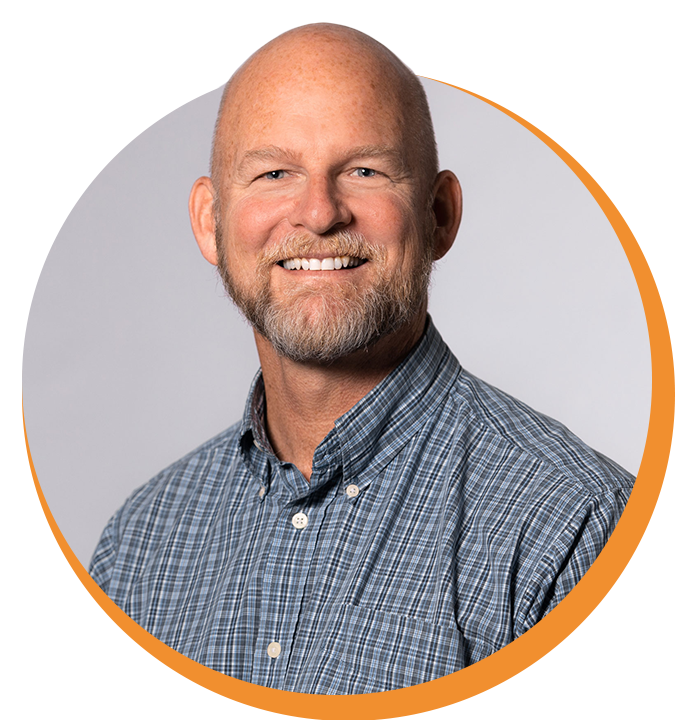


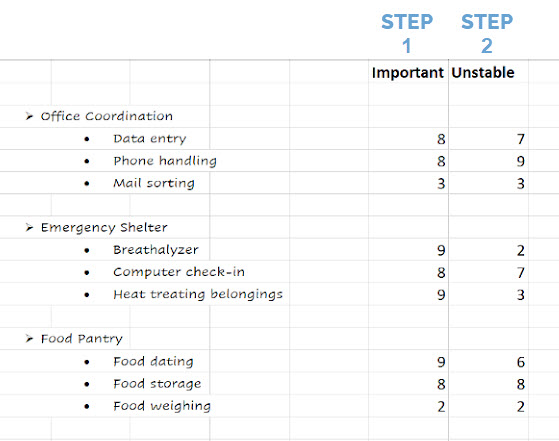
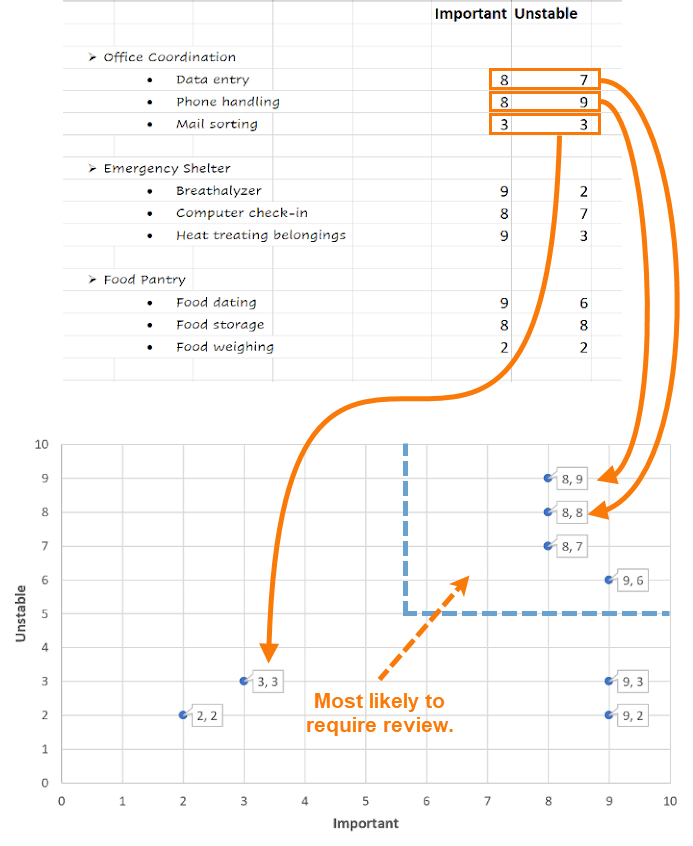
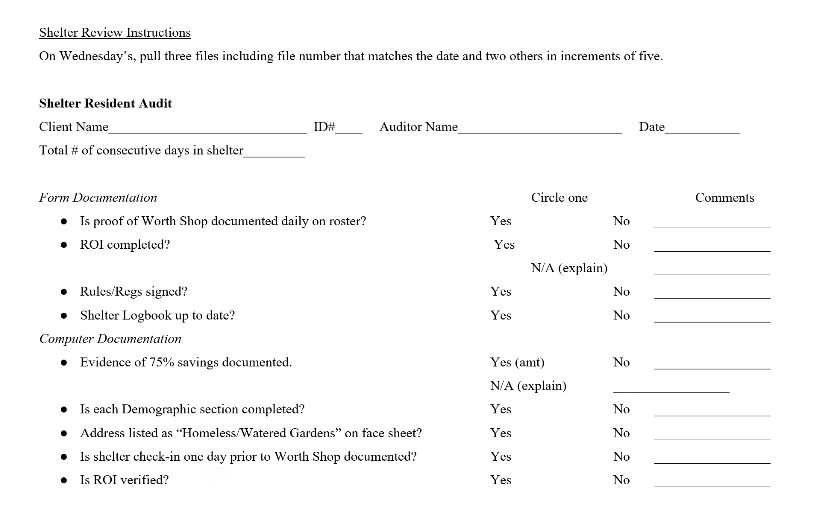

 Robert Lupton, author of
Robert Lupton, author of  What about parents who are unemployed or can’t afford anything? If it’s a small percentage of your total clients, you can have them work in the market in exchange for a reasonable credit. If many or most of the parents can’t afford to pay or you prefer to avoid collecting money, you can implement a larger scale opportunity to work for credits. Watered Gardens Ministries in Missouri does this for its Christmas market with an upcycling
What about parents who are unemployed or can’t afford anything? If it’s a small percentage of your total clients, you can have them work in the market in exchange for a reasonable credit. If many or most of the parents can’t afford to pay or you prefer to avoid collecting money, you can implement a larger scale opportunity to work for credits. Watered Gardens Ministries in Missouri does this for its Christmas market with an upcycling  Exchange or “Earn-it” Models: These models ask the clients to contribute something in exchange for what they receive. It also naturally reduces the number of people interested to only those with true need, and it means you can eliminate bureaucratic check-in processes while still knowing that you are helping the right people in the right way. Your staff and volunteers do not need to have adversarial relationships with clients. If clients earn food, they receive it, and there is no reason to begrudge them the fruits of their labor.
Exchange or “Earn-it” Models: These models ask the clients to contribute something in exchange for what they receive. It also naturally reduces the number of people interested to only those with true need, and it means you can eliminate bureaucratic check-in processes while still knowing that you are helping the right people in the right way. Your staff and volunteers do not need to have adversarial relationships with clients. If clients earn food, they receive it, and there is no reason to begrudge them the fruits of their labor. Organized Gleaning: Farmers routinely leave 10% or more of usable crops in the fields for technical and market reasons. Farmers will often allow volunteers to harvest those remaining crops for a charitable purpose, like donating to a food pantry. Because the decision is up to the farmer, there is no reason why you could not convince a farmer to allow people from a lower socioeconomic community to pick the remaining crops for their own use or resale, most likely in an organized event, incorporating volunteers as well. This is a great way to literally implement the biblical mandate which required ancient Hebrew farmers to leave some crops in the field for the poor but required the poor to harvest them themselves, rather than having the farmer harvest all of his crops and give the poor a portion (Leviticus 19:9).
Organized Gleaning: Farmers routinely leave 10% or more of usable crops in the fields for technical and market reasons. Farmers will often allow volunteers to harvest those remaining crops for a charitable purpose, like donating to a food pantry. Because the decision is up to the farmer, there is no reason why you could not convince a farmer to allow people from a lower socioeconomic community to pick the remaining crops for their own use or resale, most likely in an organized event, incorporating volunteers as well. This is a great way to literally implement the biblical mandate which required ancient Hebrew farmers to leave some crops in the field for the poor but required the poor to harvest them themselves, rather than having the farmer harvest all of his crops and give the poor a portion (Leviticus 19:9). Bulk Buying Club (Food Co-op): In a bulk buying cooperative, local clients pay regular dues (as low as $5 a week) and their money is compiled to buy food at a bulk discount or from a food bank. A committee of the members run regular meetings and purchase and divide up the food. This approach encourages relationship building, provides a natural avenue for classes on nutrition and cooking, and completely avoids the antagonism of controlled giveaway models. The clients pay the dues, set the rules, build the relationships, and reap the benefits of working together.
Bulk Buying Club (Food Co-op): In a bulk buying cooperative, local clients pay regular dues (as low as $5 a week) and their money is compiled to buy food at a bulk discount or from a food bank. A committee of the members run regular meetings and purchase and divide up the food. This approach encourages relationship building, provides a natural avenue for classes on nutrition and cooking, and completely avoids the antagonism of controlled giveaway models. The clients pay the dues, set the rules, build the relationships, and reap the benefits of working together. Community Garden: This concept is well-established among hobbyists but also has the potential to be beneficial to people in a poor community. It generates fresh food and relationships, as well as encourages exercise and spending time in green spaces outdoors – all of which are beneficial to mental and physical health. In this model, you work with people in a community to develop their own garden plots in some common piece of land, perhaps owned or leased by a non-profit. You can require either a plot fee, work to be completed in common areas, or both to make the project more sustainable. This model only feeds people when crops are in season but, when coupled with a class on canning and preserving produce, it could provide year-round benefits.
Community Garden: This concept is well-established among hobbyists but also has the potential to be beneficial to people in a poor community. It generates fresh food and relationships, as well as encourages exercise and spending time in green spaces outdoors – all of which are beneficial to mental and physical health. In this model, you work with people in a community to develop their own garden plots in some common piece of land, perhaps owned or leased by a non-profit. You can require either a plot fee, work to be completed in common areas, or both to make the project more sustainable. This model only feeds people when crops are in season but, when coupled with a class on canning and preserving produce, it could provide year-round benefits.